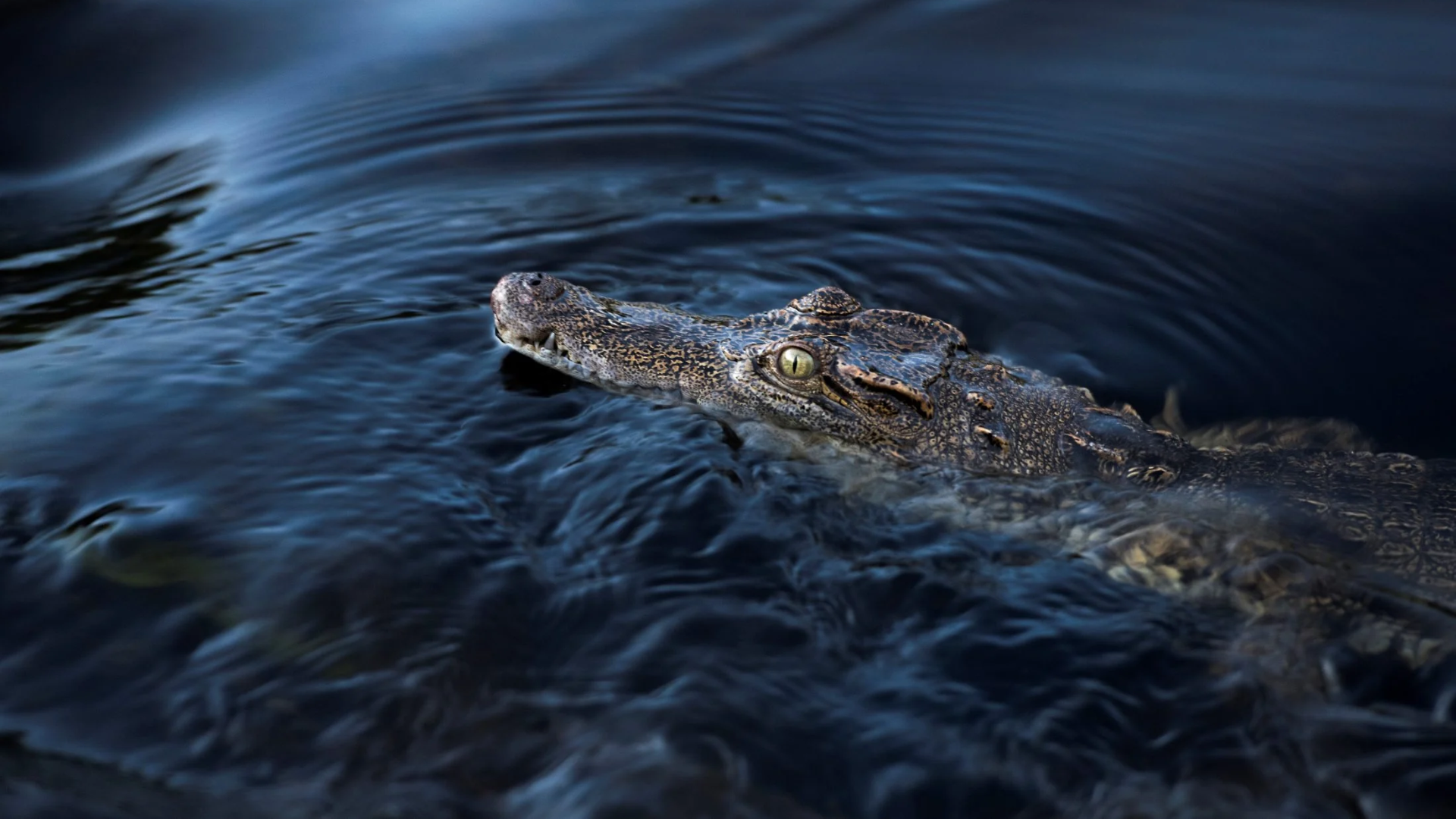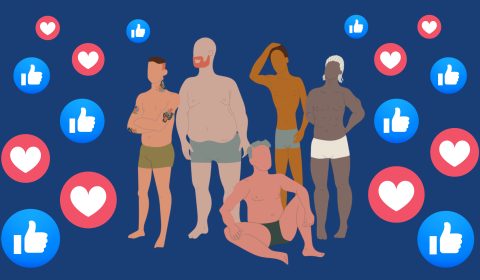To make a clear statement about animal poaching and the illegal wildlife trade, the London Zoo has displayed a brown crocodile skin bag where its Siamese crocodiles usually reside.
Visiting London Zoo presents an exciting opportunity to observe some of the world’s most elusive creatures without ever having to leave the concrete jungle.
What you wouldn’t expect to spot is a designer, crocodile leather handbag positioned behind the layer of glass separating you from the enclosure. Yet that’s exactly what you’ll find on a trip to the London Zoo.
The London Zoo is cleverly drawing attention to the illegal wildlife trade by displaying a croc-leather handbag in place of its Siamese crocodiles, which have become virtually extinct in the wild due to poaching.
Next to information on the species of crocodile is a sign stating: ‘This bag used to be found swimming in slow-moving rivers and streams across Southeast Asia and Indonesia.
Over the last 75 years, more than 80% of Siamese crocodiles have disappeared. Many, like this one, were hunted for their skins as part of the illegal wildlife trade.
London zoo not pissing around pic.twitter.com/C9cxoDCba2
— Claire St. Clair (@sleepy_homo) August 1, 2022




















